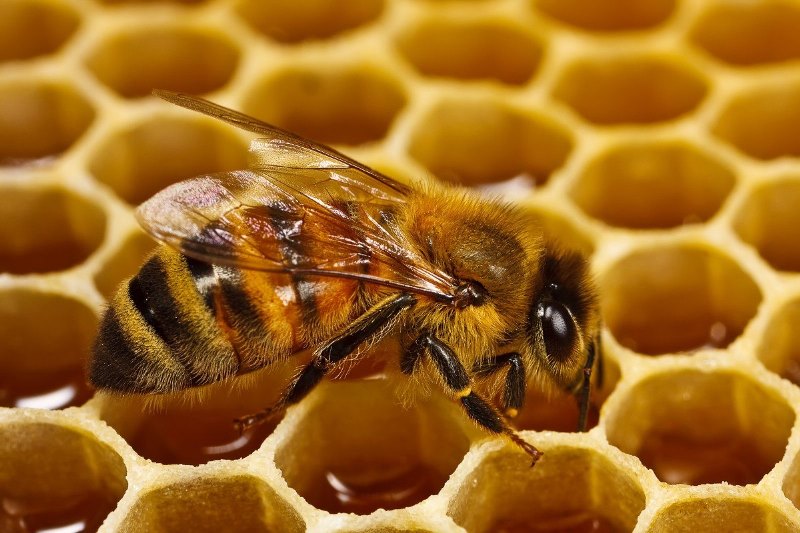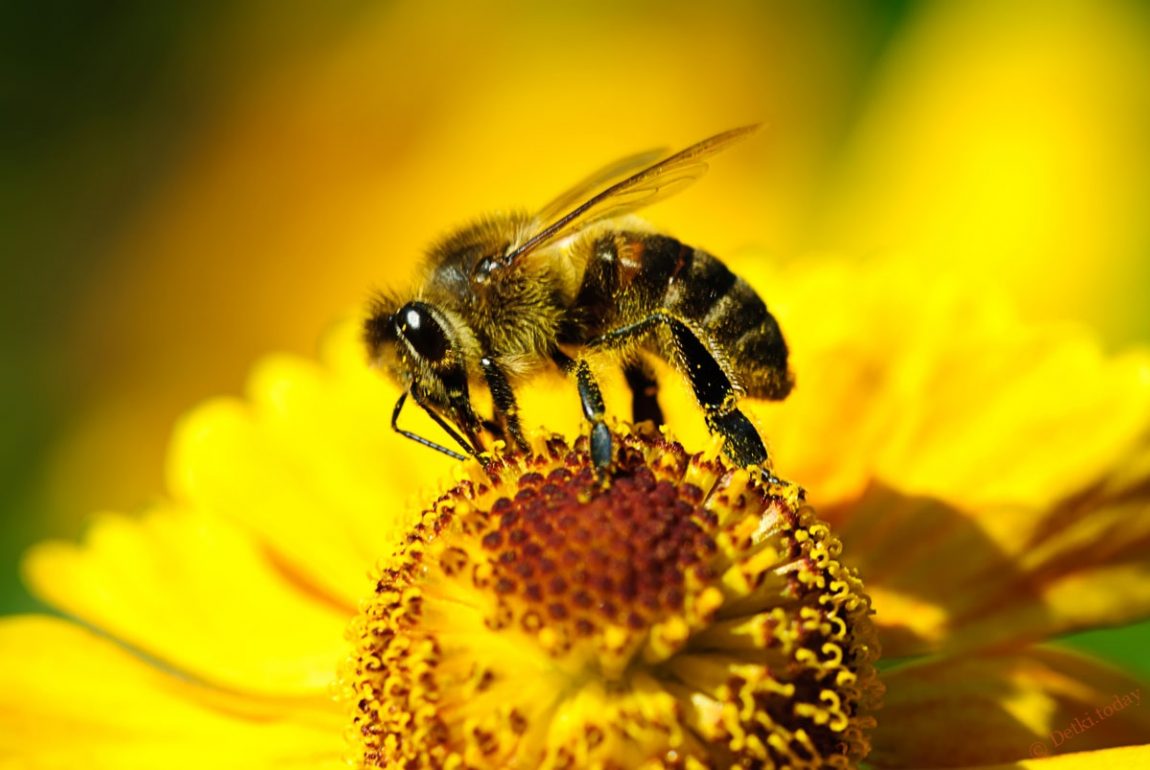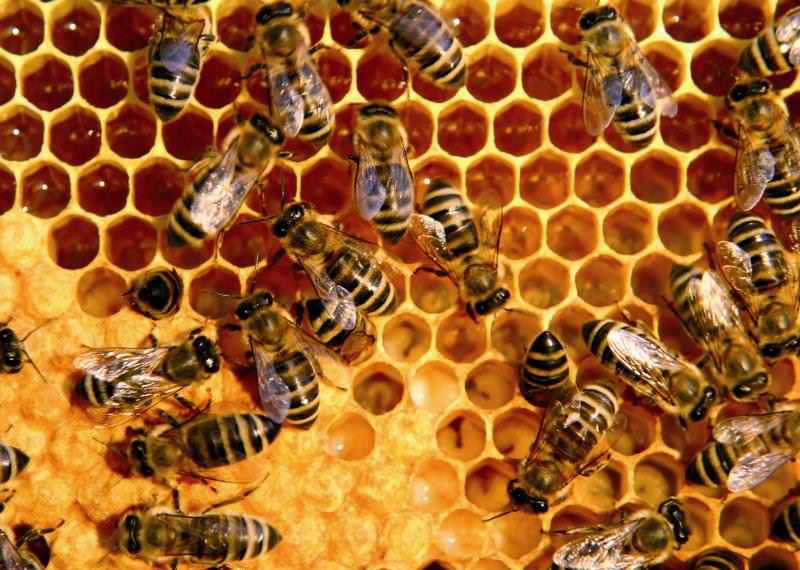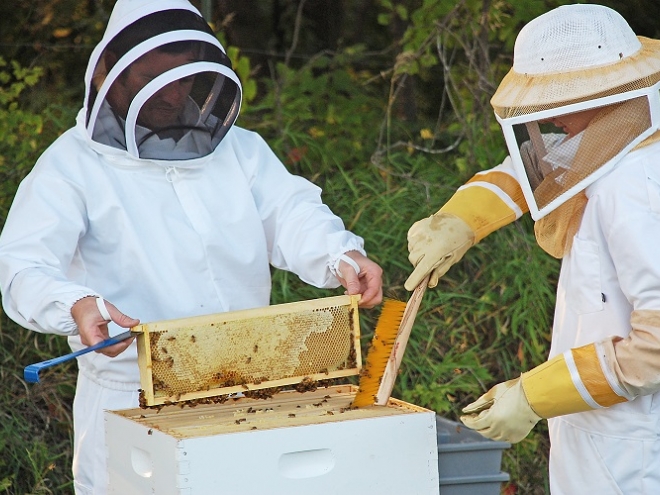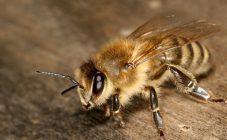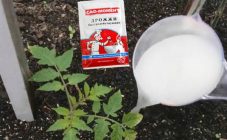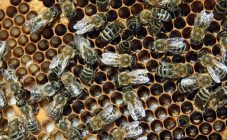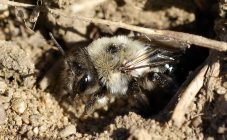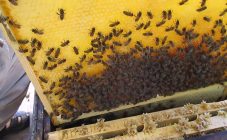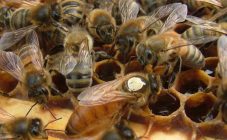Content:
Humanity has known about honey as a food product for decades. Honey products are considered one of the oldest, which are produced by honeybees. Without knowing how honey is made, one cannot appreciate it. It should be borne in mind that the processing of honey is associated to a greater extent with a change in the constituents and useful properties of flower and honeydew nectars. Further on, how bees collect honey, and the process of processing it.
How bees make honey
Many people are mistaken in the belief that bees, collecting nectar, bring finished products to the hive. For some, honey is made by beekeepers. But all this is false information. How honey appears can be learned by understanding the importance of each bee in the swarm.
It is difficult to imagine that inside houses with striped insects a separate autonomous state can be assembled, in which there is a government and each unit has its own purpose. The main part of their life is spent on collecting, they must get food for the entire bee city.
With the arrival of spring, waking up from hibernation, minke whales begin to take care of the required amount of nectarines. First of all, it is important to get rid of the fecal deposits accumulated during the cold weather. As soon as the air warms up to 13 degrees, the insects make the first flights over the territory, which are actually called cleaning. The first flight is not to collect pollen.
Has a striped state and its own scouts. Such a bee explores the area and notifies the honey plants when the plant is ripe, and it is necessary to get ready for work. Research flights are made daily. At the first flight of the swarm, the scouts lead them to the source of pollen. At this moment, the receptionists remain in the houses, waiting for the nectar, because it is they who receive the honey and carry it to the combs.
The direct process of how honey is obtained from bees consists of several stages. The hunters, the collected nectar are transferred to the bees by the hunters. After that, insects begin to directly produce a honey product.
The pollen taken contains a lot of sugars, carbohydrates, vitamins, amino acids and other things. During transmission, enzymes secreted by the mandibular glands of striped insects are added to the main components. The added enzymes promote maltose and extra sugars, and reduce the amount of moisture present. Now striped collectors begin to ram the honeycomb compartments, continuing to dehydrate the product, supplementing with the necessary elements and high temperatures of the hives. Then the filled cells are preserved with wax plugs, from which a protective vacuum should be obtained. This is how the product continues to mature. When sealing the cells, bees inject substances that are natural preservatives. In turn, honey remains under a sealed wax lid, air and liquid do not get there. Thus, the delicacy remains for a long period.
How honey is formed
The formation of honey is a long and complicated process. To understand how bees make honey, it is worth delving into the structure of the insect a little.Stopping on plants, striped beetles try to collect nectar by licking the maximum amount. It is absorbed into the pharynx, where it is mixed with enzymes. Actually, this is the first stage of processing, which lasts until honey is formed.
How honey is made: licked secretions, going down the esophagus, accumulate in special honey compartments - goiter. Honey goiter closes the passage to the stomach. The structure of such compartments implies a place for a small supply of honey for one's own consumption, the rest is regurgitated into the cells of the honeycomb. This is how honey is made. Thus, the bees manage to prepare and transfer a lot of nectar to the hive. Before the insect collects the required amount and completely fills the goiter, it needs to fly over more than 100 plants.
Why do bees produce honey?
High-quality honey products are needed by striped bugs to support many physiological processes, such as:
- Milk formation;
- Enzyme production;
- Production of wax;
- Development, growth, breathing.
Nectars and directly produced honey are considered to be excellent bee food, consisting of the right carbohydrates. Before getting honey, adults consume nectar for their own needs. It is also a useful food for brood larvae. Here, each egg laid by the uterus has a different purpose. If not fertilized, drones hatch from the larvae, the fertilized eggs become females, which, with proper feeding, in the future become honey-bearing working insects. There is also one larva, which is fed better than the rest - in the future, a queen bee hatches from it.
Harvester bees also consume pollen in addition to honey. At the same time, they need honey products all the time, and they can do without pollen. Lack or complete absence of such food can be the cause of the death of striped insects. For the period of swarming, workers can take with them the supply of food they need for several days.
The second purpose of finished products is nutrition for the younger generation. At the larval stage, young animals begin to consume honey, pollen and liquid for food already from the 4th day of life. These products are necessary for the nutrition of the uterus, after leaving the uterus. In fact, the product that insects themselves produce is the only reliable source of their life energy. When consumed, heat is generated that heats the entire bee state throughout its life (maintaining the air temperature at 33-35 degrees).
How bees collect nectar
In bee states, each unit is important because it has its own purpose. For example, collecting insects are engaged in collecting nectar and pollen, whose task is to collect and deliver as much plant excretions as possible to the hive. Further, the products are transferred to individuals - receivers, who suck nectarines from the mouths of field bees. In the process of such transfer, the sweet substance is additionally enriched with secretions from the glands of the bee organism. This is how a supersaturated solution is produced.
It should be noted that with a large distance from the apiary to the honey plants, insects bring less nectar to the hive. This is due to the need to maintain the physical strength of workers. This means that the beekeepers need to properly organize the apiary. A useful flight radius is considered to be a distance of up to 3 kilometers.
Before collecting nectar, insects chew it for at least 30 minutes. In this process, complex sugars are broken down, making them simple elements. So the plant product becomes more digestible and helps to protect against bacteria when stored in reserve. After processing, it is laid out in cells.
How honey is made from nectar
The collected and decomposed sweet solution remains in the combs after processing. This whole process is called product ripening. The need for the maturity of honey is due to the large amount of liquid contained in the nectars. By the way, nectar can contain from 40 to 80% water in its composition. This level may vary, depending on the climatic zone, weather conditions and the characteristics of the honey plants.
When transferred, the nectar is re-processed with enzymes, already in the body of non-flying bees. This process additionally dries the existing liquid. Additionally, during the harvesting period, the hive is ventilated by the entire bee colony. The accumulated liquid is slowly evaporated, thus forming a thickening syrup. To accelerate the processes of thickening, workers blow it with flaps of wings, like a fan. A syrup that has the desired consistency is actually a finished honey product. Now full honeycombs are hermetically sealed with wax plugs, which are made from flakes secreted by the wax glands.
Making honey products is the main activity of striped insects. The yield level of bee colonies can be different. It all depends on the distance between the location of the apiary and the honey springs. Good weather makes it possible to make at least 13 combined flights per day, while individuals manage to completely fill the goiter in no more than half an hour. It has been proven that with the right location, one insect family can bring 20 kilograms of honey products to the hive per day.
